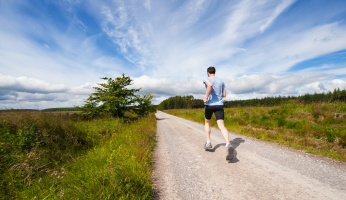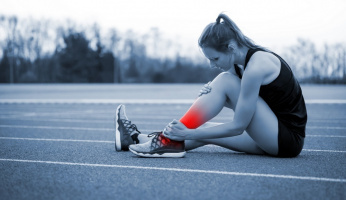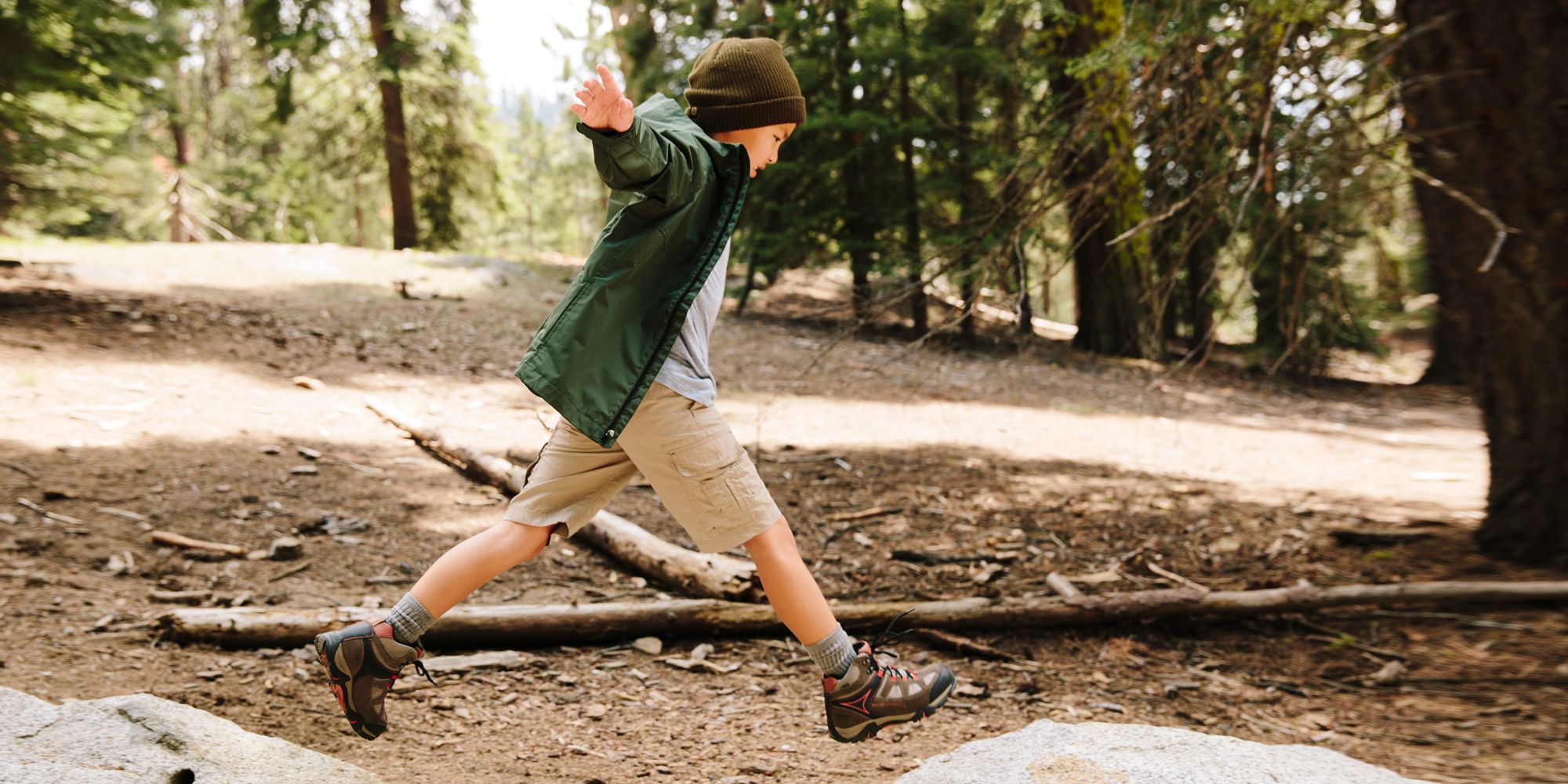How to Decide What Surface to Run On: Road, Trail or Track
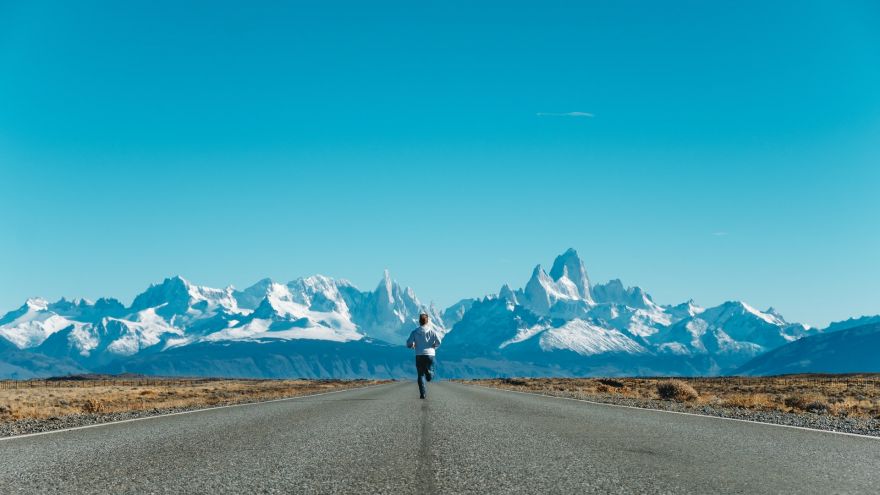
When people first start running, it often does not occur to them that there are many, many surfaces from which to choose. Most people automatically think about road running, probably because that is what you are most likely to see happening around you. However, it is super important to also consider the other options out there, such as track workouts and trail running.
Common Surfaces Undertaken By Runners
When contemplating where you should run, there are many options to consider. You should also think about the benefits of each choice to help you decide which is best for you, your running and goals you have set.
- Road (asphalt, concrete)
- Rural Road (dirt, gravel, asphalt)
- Trail (dirt, gravel, technical)
- Track (hard and soft surface)
- Sand (hard packed and soft)
- Treadmill
How Do You Run on the Road?
First things first: what kind of road are you running on? When I think road, I typically picture an asphalt road because that is what most roads are made of where I live. However, in some bigger cities, you may find yourself running primarily on concrete roads.
On the other hand, if you live in a rural area, you may find yourself encountering dirt or gravel roads. Even if roads are asphalt, you could find them to be extremely narrow. This becomes important to consider from a safety perspective.
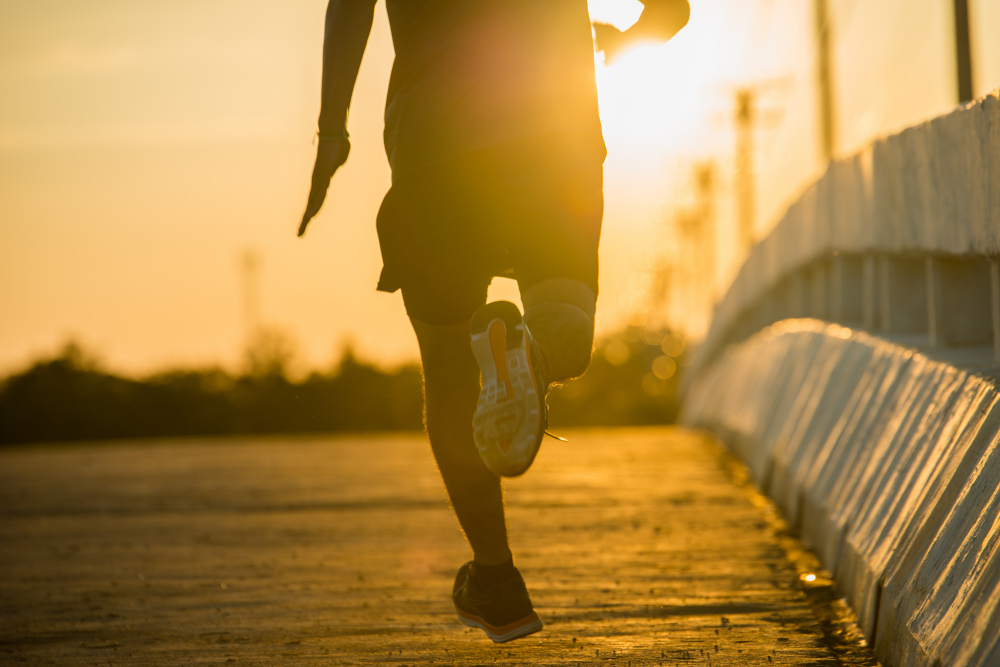
When running on the road, you need to try to be on the left side of the road so you are facing oncoming traffic. This puts you in the safest position as you run. Another thing to consider is the camber of a road. Camber is the gentle increase in elevation toward the center of a road to aid in water drainage.
That camber can cause discomfort for some runners, in particular older ones. I try to run a bit out into the road if I am on a clear straight-away so my legs are on a more level surface.
How Do I Start Trail Running?
When I post my awesome pics of trails I love to run on social media, people often inquire how to start trail running. I often respond “one foot in front of the other.” That is, of course, tongue in cheek.
There are actually a lot of things to consider when starting to trail run. Especially if you have been road running. Your road shoes might not offer your feet enough protection from the trail, depending on what type of trail running you plan to do. Some trails have a good deal of rocks or other hazards poking up through the dirt’s surface. This is why shoes specially made for trail runs were invented!
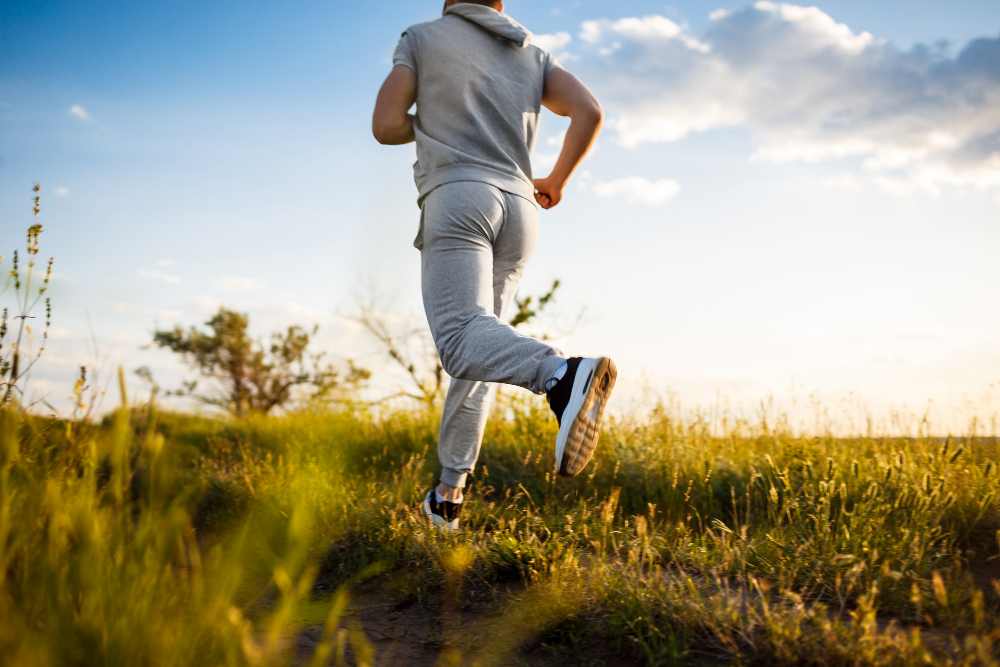
When running on trails, you have to always be aware of your footing. One false step can have you down for the count. And no one wants that to happen!
I advise people that when shifting to running on trails, you will find that you need to slow down some, especially at first. Sure, you can run fast on a trail. However, you can’t throw all caution to the wind.
Being aware of your surroundings, watching your footing and listening to everything around you are good rules whenever running – but these things especially hold true when you are on a trail.
Is Trail Running Harder Than Road Running?
Some aspects of trail running may feel harder. First, you are likely to encounter varied terrain while running trails. Unless, of course, you are running on a paved recreational trail. And that is not what I am talking about, here!
What I love most about trail running is the up and down of hills, the fallen trees, the leaves that brush against my ankles. The best parts about running on the trail also present challenges. Another part that makes it both interesting and difficult at times is the ground cover.
My favorite place on earth to run is the land where my family cabin is. On it, my parents have named trails for all of the grandchildren. As you can see from the photo I took last fall, the trail is covered with leaves. What makes for a beautiful view and photograph can also result in the twist of an ankle or you stepping into a hole you have not seen.
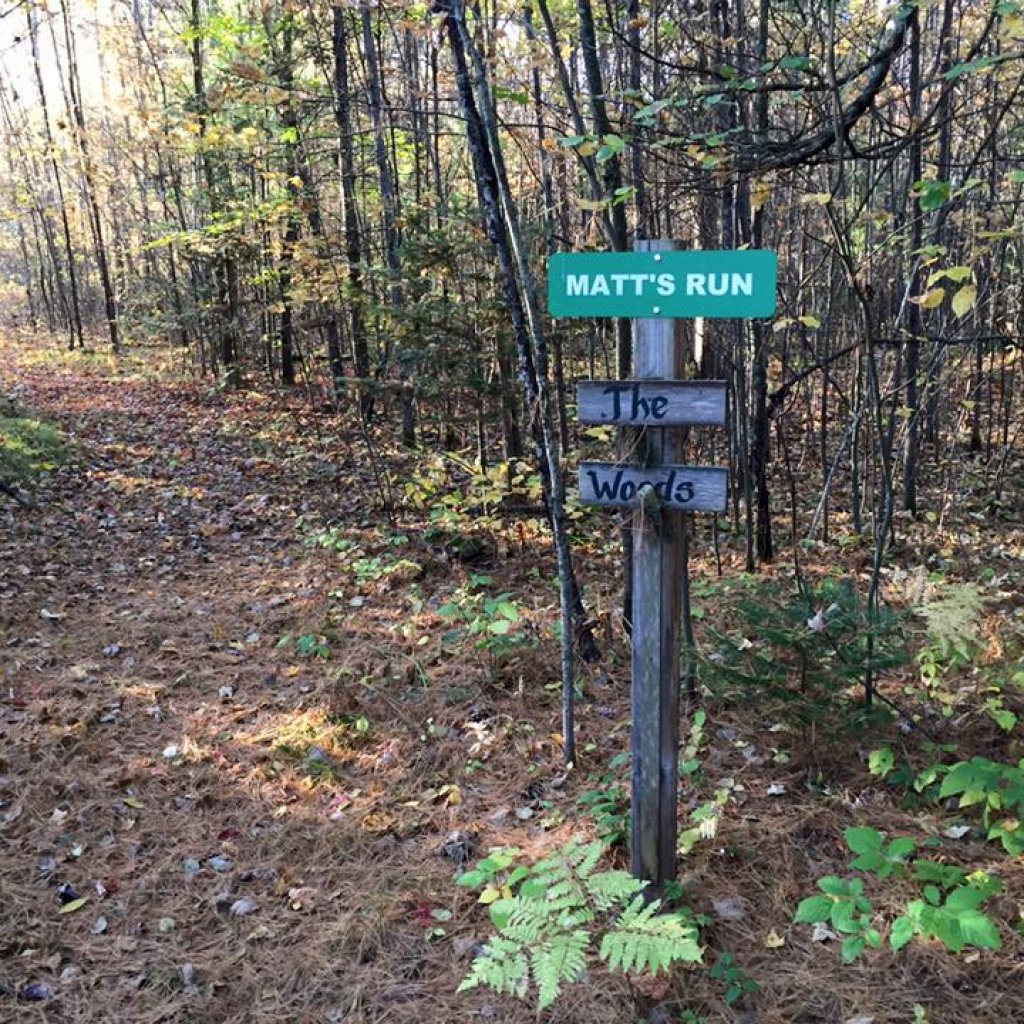
The benefits of trail running far outweighs the pitfalls, however. The view is usually amazing. The varied terrain keeps your body responding quickly. My favorite part, though, is it keeps my brain engaged. When running trails I am always forced to focus on my footing and I try to run smart.
Lastly, running on dirt or in grass can help you prevent injuries. The softer surface is easier on your joints.
What Are The Benefits of Running Track?
Just like running on dirt can help protect your joints, so can running on a soft surface track. Sure, some tracks are made old school and are not “spikeable,” but many are. If you are lucky enough to live by a nice, new, soft track, this is a great place for recovery.
It is also important to consider the biggest and most obvious benefit of track workouts: it is super easy to measure distance. Whether I am doing intervals, a pyramid workout or a ladder, it is nice to be able to just settle in and not think too hard.
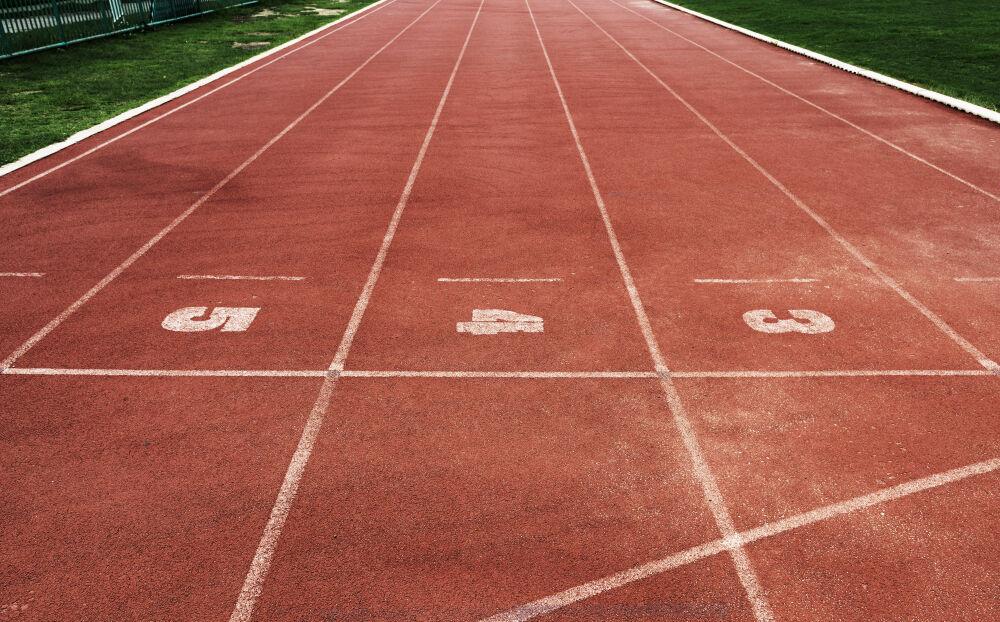
If I am running 800 repeats on the open road, for example, you have two choices. You can either pay attention to your watch or you can program a specific workout into your smartwatch. If you are on the oval, however, you know exactly how far you need to run. You also have a halfway mark set to gauge your progress.
Track workouts offer structure to your speed work, and doing them on the track makes it easy to be consistent.
Other Surfaces?
Of course, there are other surfaces you can run on. There is sand, both hard-packed or loose. We briefly mentioned gravel but did not dig in too deeply. Once I did a half marathon on an out and back recreational trail, but no one told me it was all gravel. As a toe stroker, my forefoot ached for a week after that race!
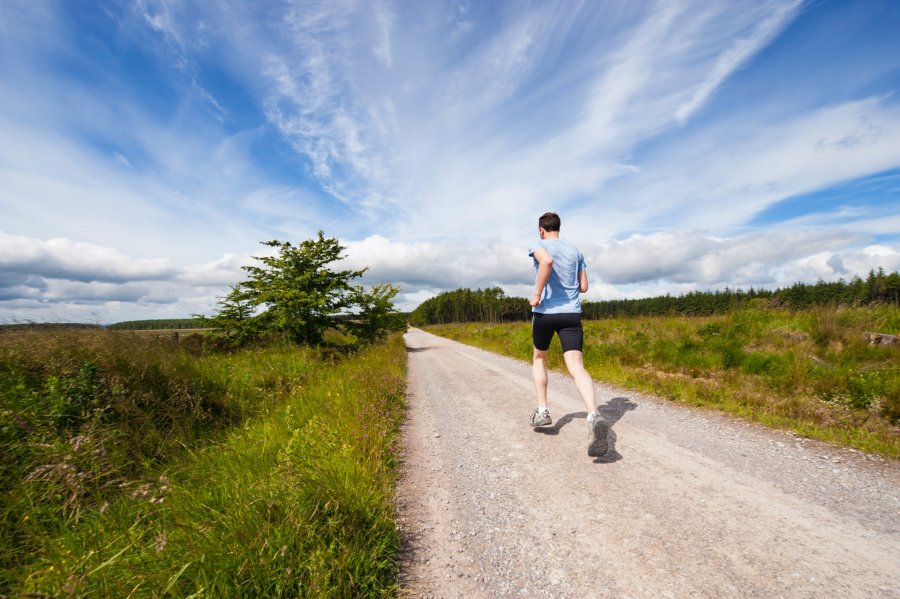
Some runners also love treadmill running, which is yet another surface. Most treadmills offer a softer surface than other options. There are other downsides, however. For example, some runners find the treadmill tightens up their gait or shortens their stride.
Which Is Best?
I would be hard-pressed to pick a favorite surface. To be honest, I find value in all of them. I love road running and probably do that for 65-70% of my runs.
Trails are my second favorite but are not as handy, and I am not crazy about hitting isolated trails alone, so I spend roughly 10-15% of my running on them.
I do a very small percentage of my workouts on a treadmill, roughly 10%. That leaves about 10% for track workouts, if you look at my overall running. I recognize that does not give you a perfect 100%, but nothing is precise about where I run in any given month.





